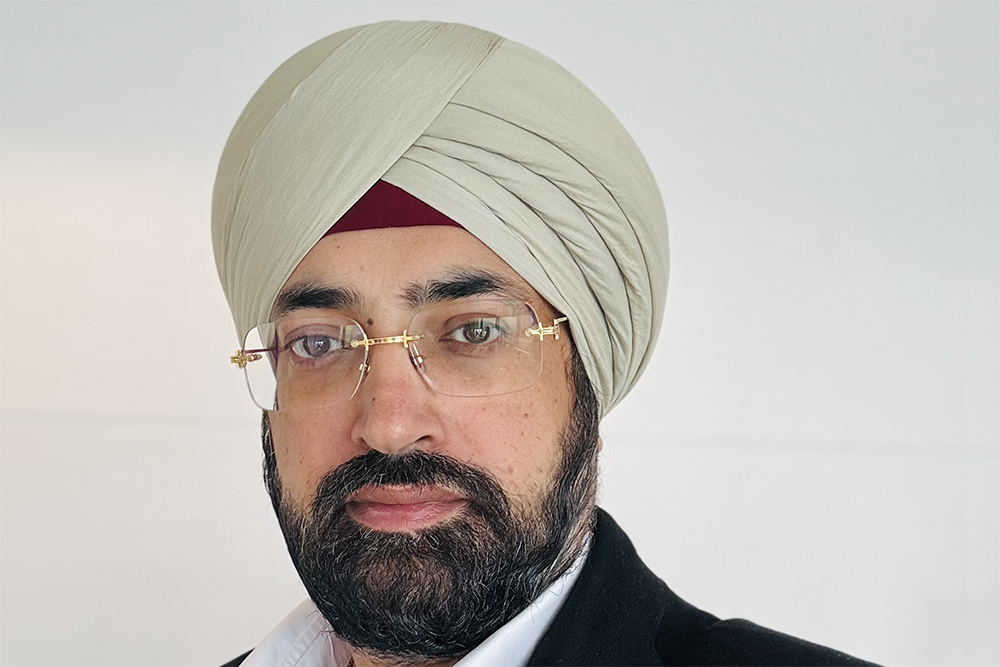In an enlightening conversation with ET Edge Insights session, Pankaj Vyas, the Chief Executive Officer and Managing Director of Siemens Technology and Services, discusses the transformative impact of disruptive technologies on various industries over the decades.
Delving into the evolution of computing and communication technologies, from mainframes to powerful, energy-efficient devices like smartphones and wearables, Vyas highlights the proliferation of cloud computing and GPUs, which have extensive data-crunching capabilities.
Putting emphasis on the advancements in communication technologies, he speaks about moving from copper lease lines to high-speed connections like 5G, Wi-Fi, and Bluetooth.
These technological advancements, he believes, create vast possibilities for industries, particularly banking, entertainment, and education, which have swiftly adopted these innovations.
Vyas then turns his attention to Siemens’ target industries: mobility, manufacturing, electrification, and building infrastructure. He notes how the maturity of technology has enabled these sectors to harness data for actionable insights through artificial intelligence. He cites challenges in training machine learning models due to limited data point failures in certain industry contexts. However, he emphasises the potential of AI in predicting failures and leakages, leading to substantial cost and productivity savings. He feels that all of it aligns with customers’ demands for higher productivity, efficiency, safety, quality, and agility.
Through the recent launch of Siemens Accelerator, we discover that the company’s focus is on an open ecosystem approach. Enabling more data access and fostering AI model development for different use cases is contributing to the rapid evolution of computation and communication technologies. It has allowed enhanced connectivity and data flow, paving the way for advancements in the Internet of Things.
Vyas also discusses the evolving nature of blockchain technology, acknowledging its potential and ongoing search for practical applications. He highlights trace and track as a vital and valid use case, enhancing supply chain trust and efficiency. Shedding light on Siemens’ initiative called “SiGREEN”, he speaks about utilising blockchain to trace the carbon footprint of components entering the supply chain.
Sustainability emerges as a significant topic in his discussion, aligning with Siemens’ strategic priority of “technology with purpose.” Vyas emphasises the integration of sustainability in business parameters, believing that people, profit, and the planet can coexist harmoniously. Siemens is showcasing their commitment to sustainability by striving to reduce carbon emissions by 55% and transition to 100% clean energy by 2025 and 2030, respectively.
From computing and communication advancements to embracing artificial intelligence and blockchain, Siemens is at the forefront of harnessing cutting-edge technologies to drive innovation, sustainability, and progress across their target industries. In conclusion, commitment to open ecosystems, utilising data, and AI to revolutionise fields like mobility, manufacturing, electrification, and building infrastructure, is going to put us on a path to a better future.


